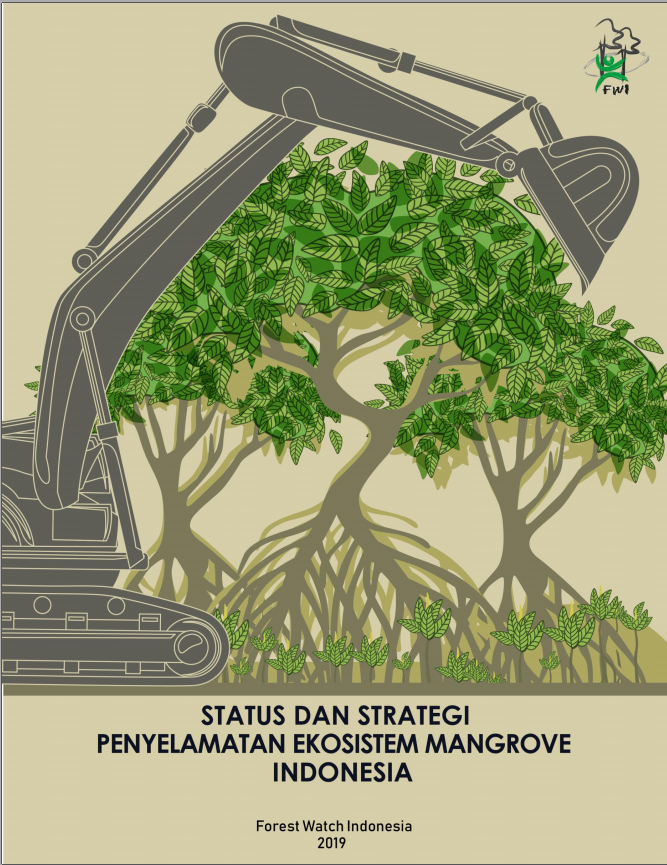Case Study: Mangrove Ecosystem in Balikpapan Bay East Kalimantan
Mangroves are an ecosystem that occupies the coastal area and small islands in Indonesia. It has a prominent role in mitigating global climate change, and its existence needs to be protected. So far, governance for the mangrove ecosystem has not been handled properly, not well planned, and not involving the cross-sectoral government. No wonder mangrove has not been a central issue of the environment in national-sub national development plans, even though mangroves contribute almost a quarter of the world’s mangrove area (Murdiyarso et.al 2015). In 2017, the government released information that said the mangrove area in Indonesia is 3.49 million hectares in Indonesia and 1.82 million hectares of which are damaged ecosystems and need to be restored.
In 2012 a policy on mangrove ecosystem management was set by President Susilo Bambang Yudhoyono through the Presidential Decree No. 73/2012 on National Strategy of Mangrove Ecosystem (SNPEM). SNPEM was set as a government effort through policies and programs to achieve sustainable mangrove management and prosperous community based on available resources.
The importance of mangrove ecosystem roles is the main consideration so that the mangrove ecosystem in Indonesia can manage sustainably and have a positive impact to the community, and able to provide a livelihood for the community lives around the coastal area and the small island in Indonesia. The following is an example of a case study regarding the strategy to conserve the mangrove ecosystem in Balikpapan Bay, East Kalimantan.
The purpose of the SNPEM as the effort to synergize mangrove ecosystem management policies and programs covering the fields of ecology, socio-economy, institutions, and laws and regulations to ensure the function and benefits of the mangrove ecosystem managed sustainably for community welfare. The management of mangrove ecosystems must be integrated (upstream-downstream, seascape-landscape) so that coordination, integration, synchronization and synergy between sectors, agencies and institutions is required. The key to the successful implementation of SNPEM is closely related to the authorities and relations of the Central Government, Local Government, society in a broad sense (upstream-downstream) and entrepreneurs, to policies and programs that have the potential to impact the existence of mangrove ecosystems in Indonesia. Implementation of SNPEM refers to a). The National Long-Term Development Plan (RPJPN) and the National Medium-Term Development Plan (RPJMN); b). Regional Spatial Planning (RTRW); c). National Level Forestry Plan (RKTN); and D). Coastal Zone and Small Islands Management Plan (RPWP3K).




